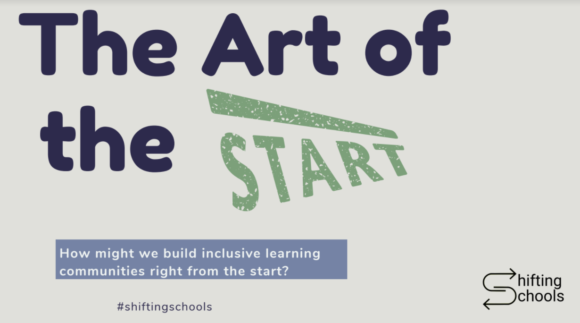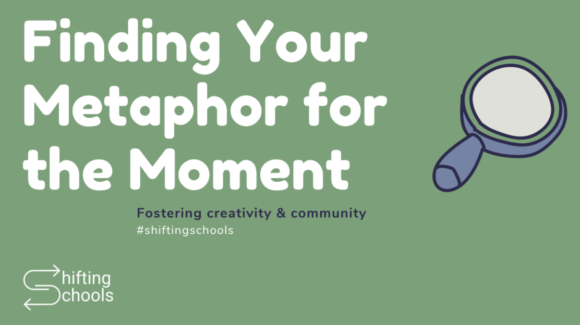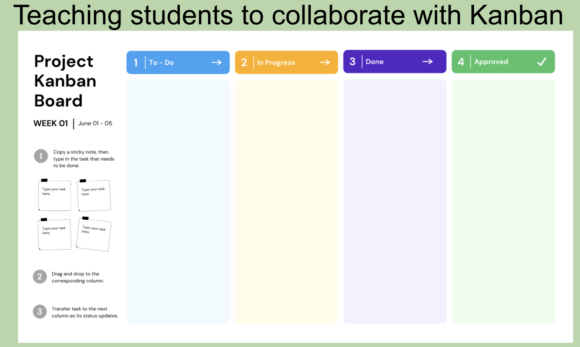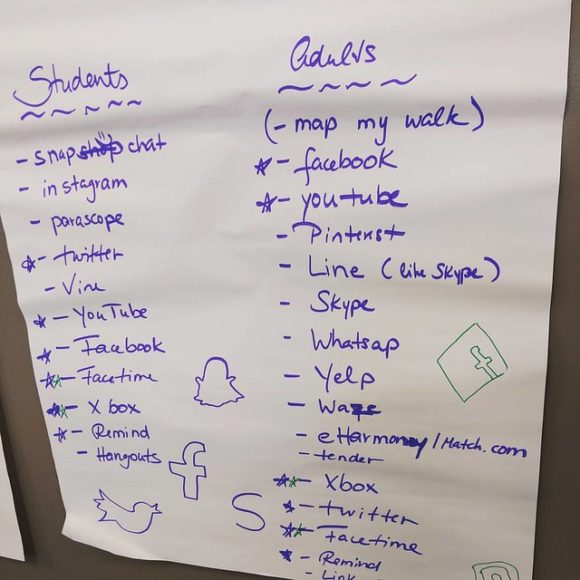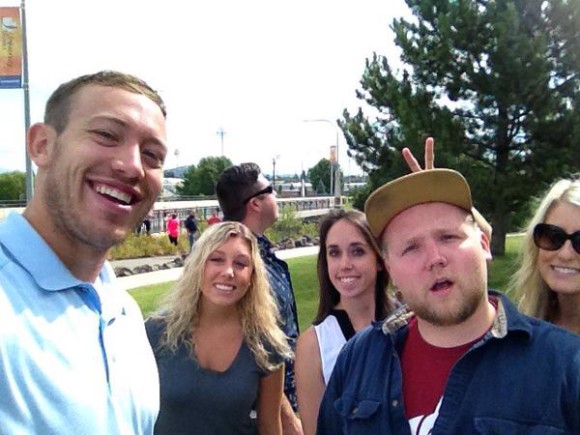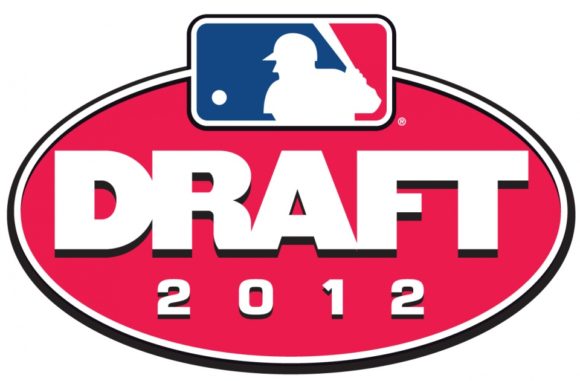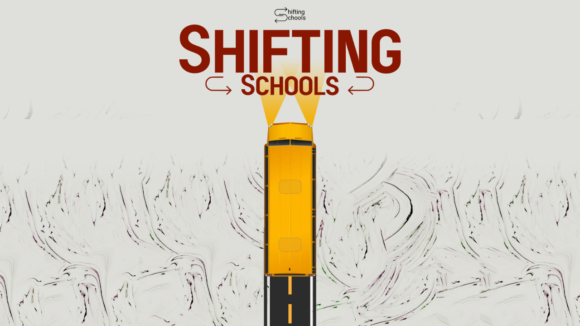As an educator I know first hand what an art it is to teach, and I know first hand how important and powerful it is to launch learning and to foster a learning community right from the start of the school year or start of a new semester. You don’t need me to tell you that this year is a […]
